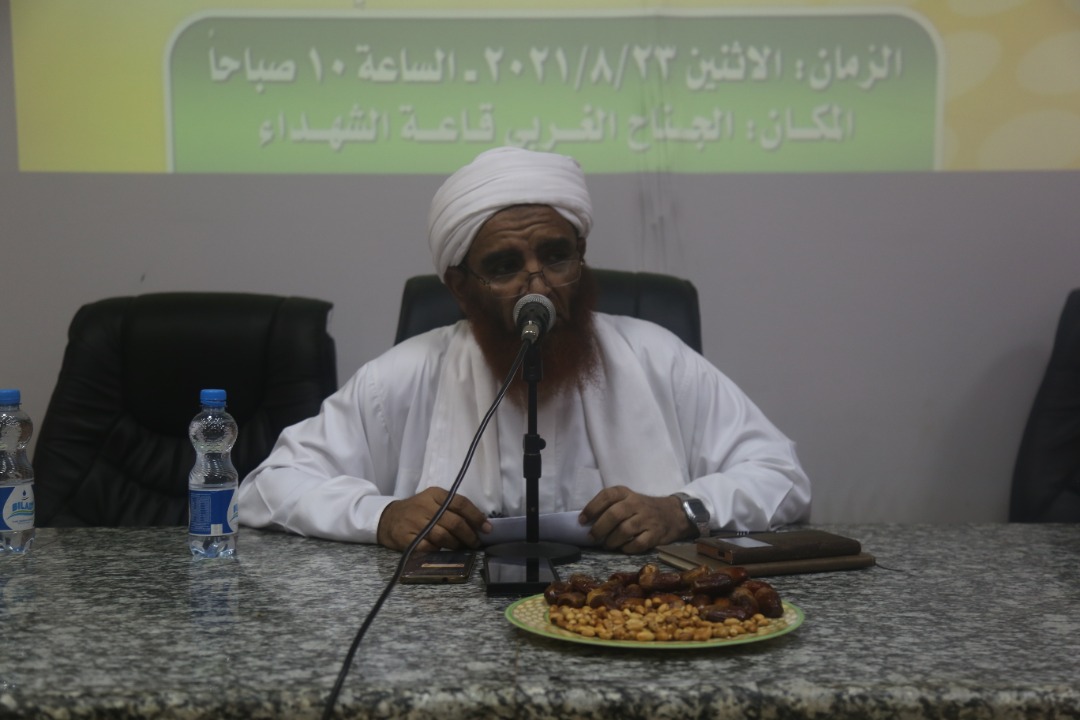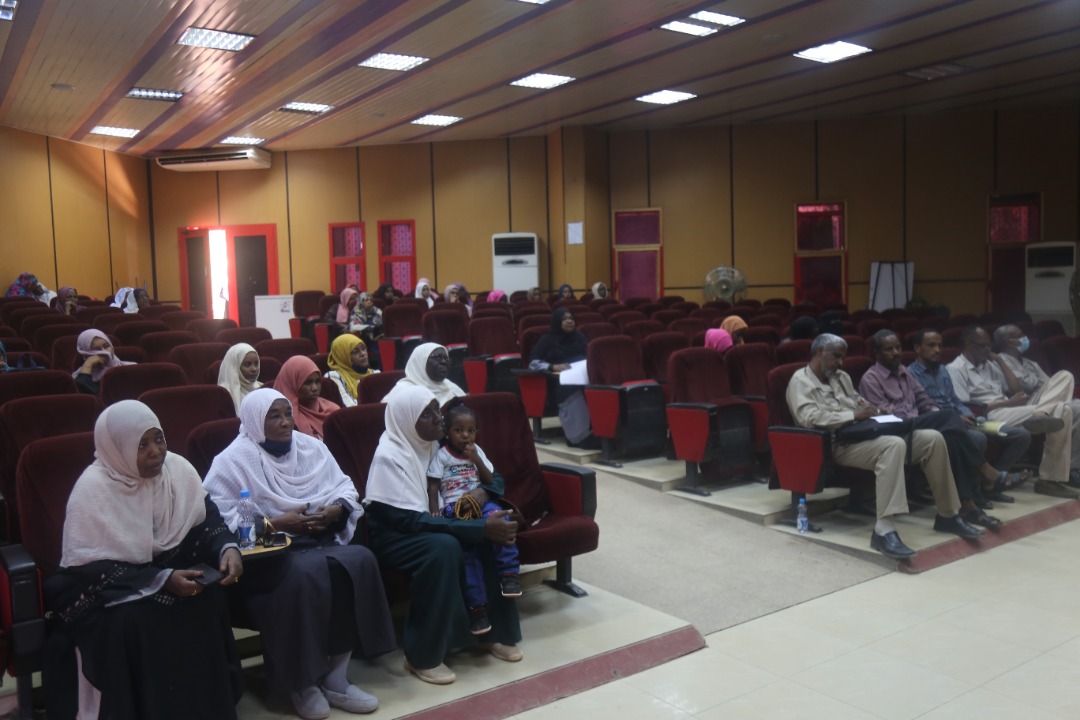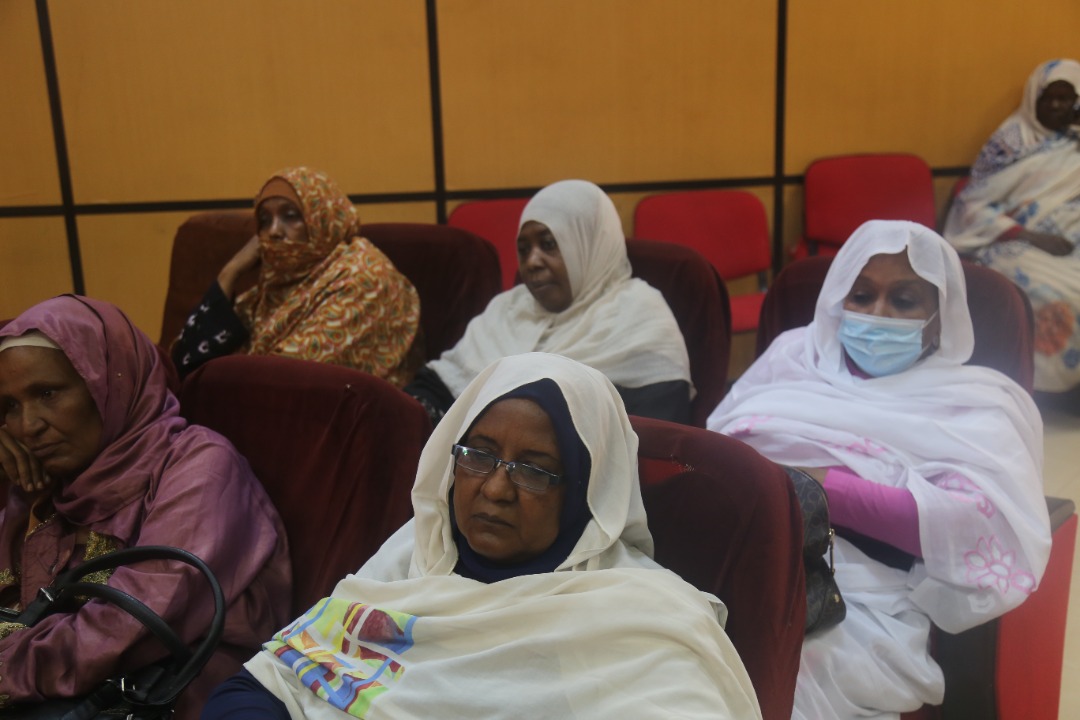The Institute of Islamic Science and Research, Department of Community Advocacy, held a lecture titled
"The Prophet’s Hijra: Lessons Learnt"
presented by Dr. Alsadig Mohammad Ibrahim and attended by deans and academic staff.
Dr. Alsadig began his lecture by defining Hijra in language, which is moving from one place to another and from one condition to a better condition. In technical terms, it is movement and tireless pursuit without stopping. He explained that the Hijra is considered the establishment of the prophetic state. There are many lessons from which generations have gained benefit in all times and places.
Also, he explained that the lecture aims to draw lessons from the events that paved the way for Hijra, starting with the boycott and siege of the clan of Banu Hashim in valley of Abu Talib (Shi'ab Abi Talib), where they used the strategy of social and economic siege, which is an old and renewed strategy in order to subjugate people. He also implied that the siege demonstrated the role of the Prophet (PBUH) as a reformist leader who is concerned with the distinguished among his people, in addition to earning victory with patience.
Furthermore, in the year of grief, when both Abi Talib and Lady Khadija died, we see the necessity for a preacher to take advantage of occasions and opportunities that are available to him in society, the necessity of choosing a good companion, and the danger of a bad companion, especially during the throes of death, as happened with Abu Talib.
It shows the interest of Islam in "the wife" and "the righteous woman" and the loyalty between husbands even after death. All these events led to the revelation of the veil of the Prophet (PBUH) from mankind, so he decided to go out with the invitation to Ta'if as an alternative plan because Ta'if is considered an equal to Mecca in terms of economic weight and population density, in addition to the existence of quarrels between Quraysh and Thaqif, and the distribution of religious leaders between both of them, as there is "Hubal" in Mecca and "Allaat" in Ta'if, which indicates the universality of the message, the broadness of the reformer’s heart, the insight and future expectations that are manifested when the Prophet (PBUH) refused to let the angle of mountains let the mountains fall on non-believers, but the Prophet (PBUH) refused just in case their descendants might be destined to have faith. The reformer was not deceived by his power!
Next, the lecturer moved to the scene of relief from distress after the harm the Prophet (PBUH) faced by the hands of Quraish and Thaqif. Then, the incident of the “Night Journey (al-Isra)” and the subsequent Ascension to Heaven (al-Mi'raj), which increased the importance of Bait Al-Maqdis for Muslims, where the Prophet (PBUH) ascended to it and then to "Sidrat Al-Muntaha". The reality is that his Imamate (PBUH) is for the prophets and he is the Imam of the Muslims, making the the nation of Islam a leading nation. Also, the exchange of advice and experiences between the prophets when Moses reviewed the number of prayers with the Prophet. The greatest benefit is the Prophet's (PBUH) out of the box view to the world, which made him feel the smallness of the harm inflicted by the infidels in such place that is hardly visible, i. e., the Arabian Peninsula.
As for the last scene when the Prophet (PBUH) commanded to emigrate, choosing a companion, preparing provisions and evidence, and the appropriate time to visit Abu Bakr Al-Siddiq to agree with him on the method of emigration.



